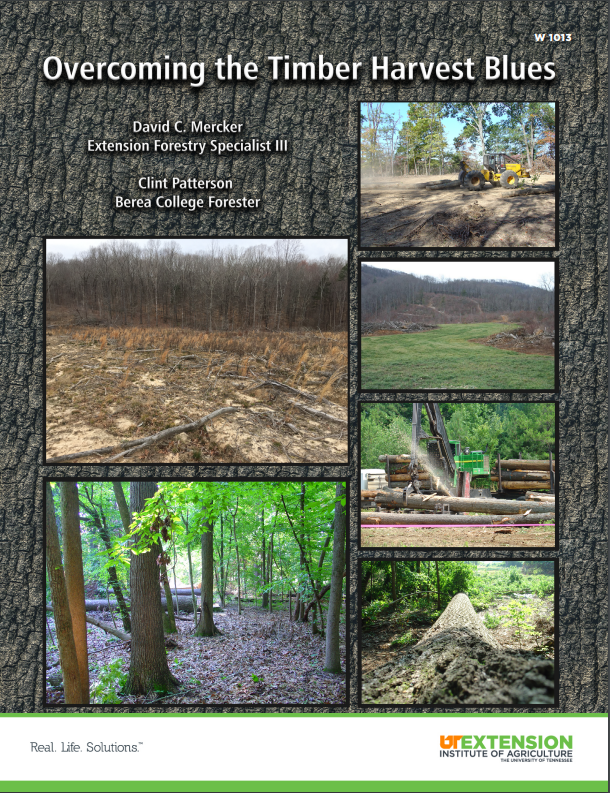Over the past several months, those that drive by the ‘Experiment Station’ in Jackson have noted big changes on the farm. In July of 2021, it was difficult to see more than a few hundred yards across the north side of the station from the 45 bypass. Now, from the bypass, you can almost see traffic on Airways Blvd.
As a row crops blog, we rarely dive into subjects outside of those directly related to corn, soybean, cotton or wheat. Subsequently, we rarely include content on the blog from one of our most well known and best Extension Specialists, Dr. Dave Mercker. Dr. Mercker serves as our Extension Forester and is world-renowned; he has been named a Fellow by the Society of American Foresters and was named the 2020 Extension Forester of the year by the Forest Landowners Association. Dr. Mercker recently completed an outstanding publication covering the process of ‘recovery’ after timber harvest. Dr. Mercker has graciously written a brief history of the West TN REC timber stand for this blog and included a link to the Extension pub I mentioned above at the end of this article. I am certain you will find both of these very informative and will likely have reason to reference Dr. Mercker’s publication on your own farm. You’ll also find a brief video highlighting the WTREC timber harvest by Julia Ewoldt above.
Out of the Rubble Will Come Renewal
David Mercker
Univ. of Tennessee Extension Forester
Following several decades of dairy cow research, the West Tn. Research and Education Center in Jackson, Tn. ceased the operation. This gave rise to the question “What to do with this land now?” It was much too rolling to farm, and using it for hay production wasn’t desired, so the Center Director and Extension Forester determined that trees would be a good option.
In the late winter of 1988, nearly 20,000 loblolly pine seedlings were established on the abandon 44 acres. Planted on a 10’ x 10’ spacing, the seedlings soon grew to saplings and by age 18, the stand had reached full stocking. The first commercial (pulpwood) thinning occurred, which removed approximately 40% of the original trees. The thinning accomplished several objectives: generated a modest income, provided additional growing space for the residual trees to thrive, and also allowed sunlight to reach the forest floor (thereby encouraging the natural regeneration of hardwood seedlings beneath the pine canopy).
By age 25, the stand had grown so rapidly that a second commercial thinning was needed. The harvest parameters were the same, removing an additional 40% of the trees. The products that were removed included both pulpwood and chip-n-saw (trees larger than pulpwood, but too small for sawtimber). With each of these two thinnings, the undesirable trees (those with poor form, stunted, with defects, etc.) were removed, leaving residual trees of higher quality.
In 2021, at the age of 33, the stand underwent the final cut. Foresters refer to this as a “regeneration harvest.” In total, 186 truckloads of wood were removed from the site. Over the course of the entire rotation, including three harvests, the stand grew wood at a rate of $42/acre/year. Rather than return the land back to pine, it was determined to allow the natural regeneration (including oak and walnut seedlings) to recapture the site. The forest is resilient. Out of the rubble will come renewal, and as it does, the regrowth will become excellent early successional habitat for quail, turkey, deer, rabbits and many other game and nongame species.
The following publication was developed for those that may have regrets over harvesting timber due to the temporary visual concerns: “Overcoming the Timber Harvest Blues” (Mercker and Craig, 2021)
https://extension.tennessee.edu/publications/Documents/W1013.pdf


